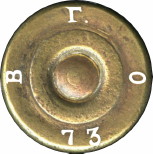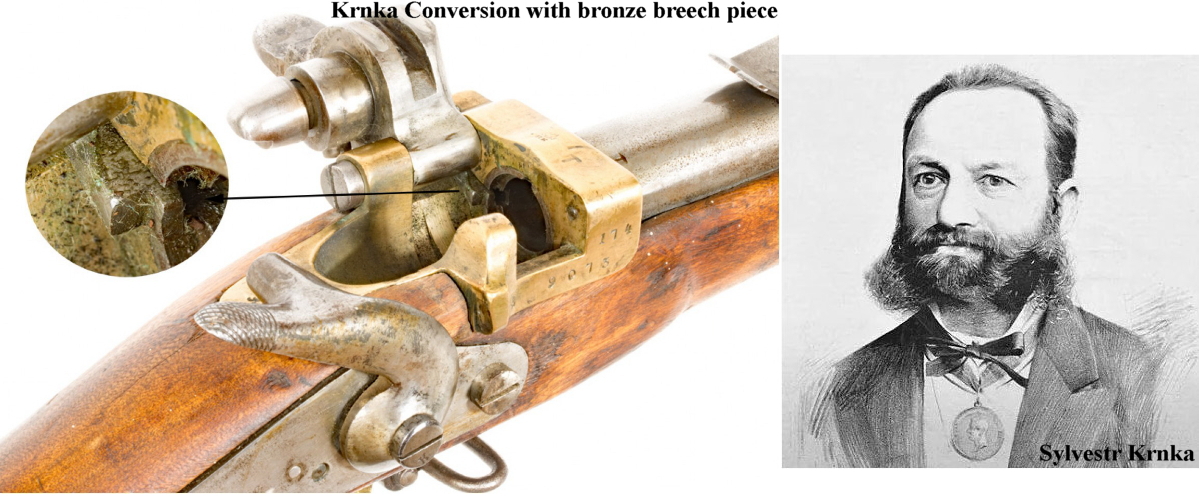As with most wars fought over the centuries, someone, somewhere has imperialistic visions of grandeur and religion is used to justify invading his or her neighbour. The Crimean War (1853 – 1856) was no different, this time Czar Nicholas I of Russia wanted to take advantage of the steady decline of the Ottoman Empire to extend his influence over the Middle East and the Eastern Mediterranean. There were tensions between Catholics and Orthodox Christians about access to the Holy sites in Jerusalem and the areas of the Holy Land controlled by the Ottomans. Nicolas made the following remarks to English ambassador at St. Petersburg, Sir George Hamilton Seymour in March 1853 regarding the Ottoman Empire: “We have on our hands a sick man, —a very sick man. It will be a great misfortune if, one of these days, he should slip away from us before the necessary arrangements have been made.”—(British Parliamentary Blue Book, 1854). After a violent incident in Jerusalem where Orthodox priests were killed, Nicolas sent an emissary demanding from the Sublime Porte, Abdulmecid I, the protectorate of subjects of the Porte professing the Greek faith, and on refusal declared war against Turkey and her allies in October 1853. The British and French, who from the beginning were against the carving up of the Ottoman Empire, fearing it would threaten their trading routes, declared war on Russia and her allies in March of 1854.



Like the rest of Europe, Russia had already adopted the percussion ignition system over their flintlock muskets, but against the British Forces armed with their Pattern 1851 Minnie Rifle as well as the newly adopted Pattern 1853 Enfield Rifled Muskets in .577 bore, the large bore Russian guns proved woefully ineffective and although the Russian Army had started experimenting with rifled muskets during 1854, it was a case of too little too late with very few of these guns issued to front-line troops to make any difference to the outcome of the war. At the cessation of hostilities in 1856 the Russian Army learned some very painful and costly lessons that would influence their small arms design efforts for the next twenty years. Russia also followed the reduced caliber design, which was clearly the way of the future and in 1856 adopted their first rifled long arm of reduced bore for general issue to the infantry, the Model 1856 or Six Line Rifle. The nickname was derived from the caliber of the gun and the Russian unit of measure, the liniya, which was 1/10 of a diuym. A diuym had been established as being equal to an English inch by Peter the Great, thus a liniya was 1/10”, and six liniya was 6/10” or .60 caliber. The Six Line percussion rifle musket remained the mainstay of the Russian infantry for a decade.
With the outbreak of the US Civil War, and the subsequent strides made in firearm manufacture and technology, Russia was just as interested as the rest of Europe to modernise their weapons. The most important lesson from the war was that the metallic breech loading cartridge was the future and the percussion rifle was a thing of the past. All the major European powers now had the same problem – converting huge stocks of obsolete rifles to modern breech loading rifles. The English had their Snider conversion system, the French had the Tabatiere and the Americans had the Erskine Allin “Trapdoor” system, which all used a similar idea. The Russian Army looked to Czech designer, Sylvester Krnka, who developed an action that resembled the Snider and Tabatiere systems and his Krnka Conversion was adopted as the M1856/67. As with all the others, this conversion was always ever going to be a short-term stopgap measure. The developments by Mauser discussed elsewhere changed the direction of European weapons design forever and in 1870 the Russians adopted the Colt manufactured single-shot Model 1868 “Berdan I” breechloading rifle, which had been invented by Hiram Berdan and shortly afterwards the M1870 “Berdan II” bolt action rifle. These would be the mainstay of the Russian military until the adoption of the Model 1891 Mosin-Nagant Rifle.
https://www.history.com/topics/british-history/crimean-war
https://www.bartleby.com/344/299.html

